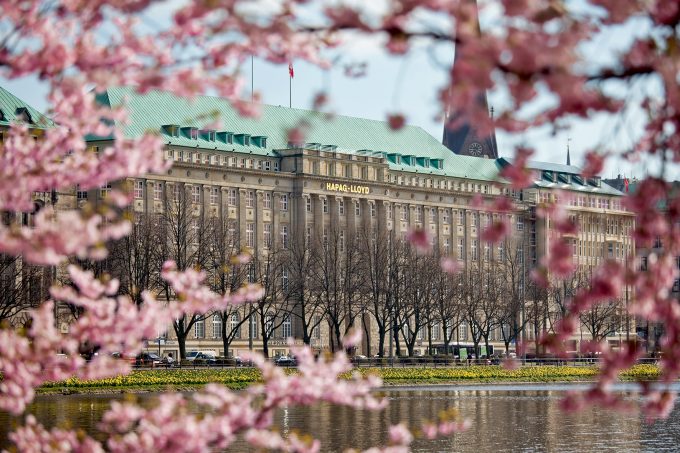
Photo: Hapag-Lloyd
The merger between Hapag-Lloyd and United Arab Shipping Company took another step towards completion this morning with a business combination agreement (BCA) to create the world’s fifth-largest box shipping line.
The proposed deal now goes before competition authorities for clearance and, if given the green light, is expected ...




Comment on this article